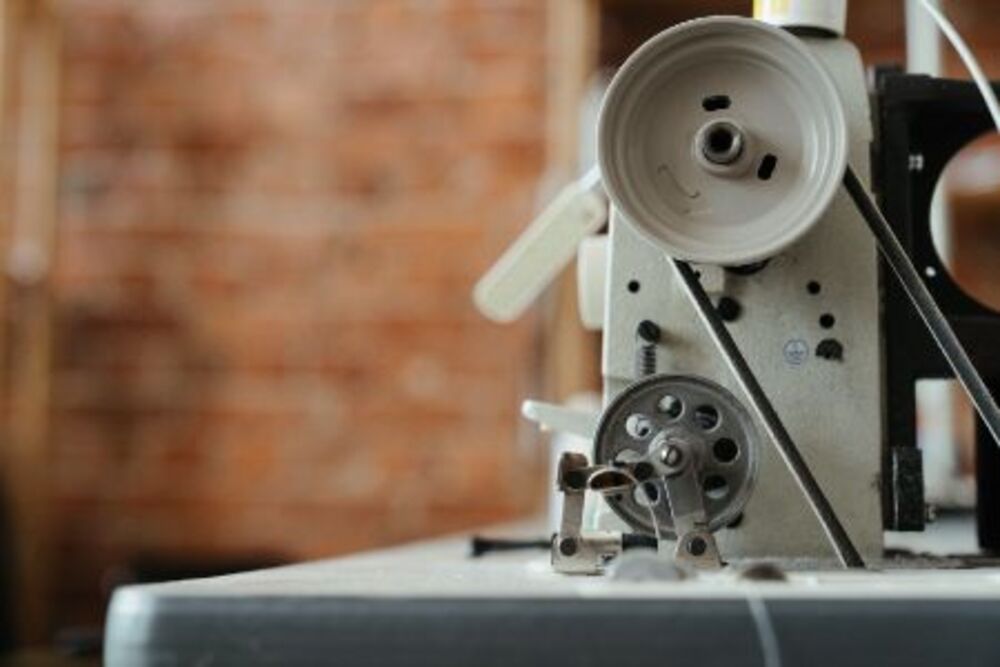You need to be familiar with the basics of sewing. These steps will show you how to set up your machine and wind the bobbin. You can also adjust the pressure and width of the stitch. These steps will help you sew on your feet once you are done.
Setup the machine
Before you can use your sewing machine, it is important to properly set it up. The first step is to connect it to power. You should also register your machine with the manufacturer for a warranty. Know more about embroidery machine for beginners.
Next, make sure to read the manual for details about the machine’s functions. Some machines have a foot control to adjust the machine’s speed. Some machines can be operated with a lever or a knee. If you are operating a computerized machine, it may have a slider or button for adjusting the stitch length.
Sewing machines also have a bobbin. The bobbin is the second spool in your machine’s thread spool. Your bobbin should be emptied and then placed on the top of the foot of the machine.
The bobbin should be turned.
Bobbins are the small spools that hold the thread for your sewing machine. Whether you own a sewing machine or have just purchased one, it is important to know how to wind a bobbin. Getting it wrong can cause problems, so learn the basics before you start sewing.
Bobbins are available in different sizes, shapes, and colours. They are not universal so make sure to check the manual for your machine to ensure it is compatible with the bobbin that you want to use.
To wind a bobbin, you’ll need to remove the bobbin from its casing and set it on the bobbin winder. This is usually located on the right-hand corner of the sewing machine.
Adjust the stitch width
Changing the stitch width is one of the most basic adjustments you can make to your sewing machine. It is not necessary for every project, but it can be helpful if you want to experiment with different fabrics.
In general, you should use a stitch length between 1.8 and 2.5 mm. Lightweight fabric will work better with shorter stitches. Longer stitches are better for finer and heavier threads.
Some high-end machines offer memory settings and more in-depth ways of adjusting the stitch length. For the most accurate information, you should consult your sewing machine manual.
The stitch length is displayed in millimeters on most sewing machines. The default setting is usually between 2.0 and 2.5.
Adjust the pressure you apply to the pedal
When you use a sewing machine, you need to know how to adjust the pressure you apply to the pedal. This will control the speed of your stitching. It can be difficult to determine the right pressure. To adjust the pressure, it is a good idea to consult your sewing machine manual.
First, make sure you have the right sewing machine pedal. You can choose between a 2-prong or 3-prong pedal. Most machines will use a 2-prong pedal. You can also use a 3-prong pedal to convert a 2-prong foot to a 2-prong one.
Sew with the bulk of the material to the left of the machine
Sewing with the bulk of the material to the left of the sewing machine is an easy way to reduce the risk of backaches. It also allows for better hand placement. It is also a good idea to have a supportive chair.
There is no single best way to do it. Keep in mind that fabric should not be placed inside your machine’s inner parts. This is where the needle and bobbin come in. Also, ensure that you have the right size of bobbin and the right thread for your project. Once you have the right tools, it is possible to sew with the bulk material to the left o’clock.
Sew a sharp corner
It is important to be careful when sewing corners. It is not a good idea to have a skewed corner. You will be able to sew a sharp corner with practice.
First, mark the corner. You can use a removable marker to mark the corner. Once you have drawn the seam line at the corner, mark the area. The marking should extend to the edge of the fabric.
Next, cut off the excess fabric. This will reduce the bulk in the corner. It also allows for a smooth seam.
If you are unsure where to mark the pivot, you can use a marking tool. These tools are great for beginners.
